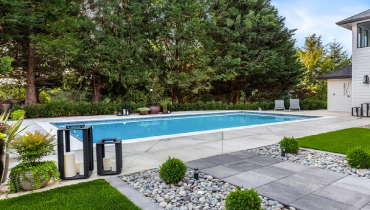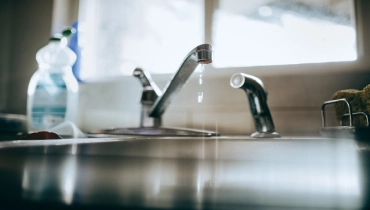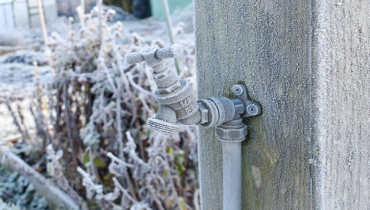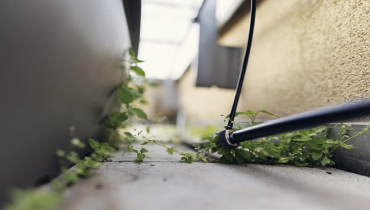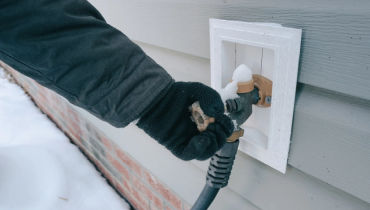Sunny skies and the smell of BBQ make South Jersey a summer hotspot for hosting outdoor get-togethers.
Learn moreOur South Jersey Plumbing Blog
Shared Resources for Your Home Needs
All Blogs
Summer in South Jersey means backyard barbecues, long sunny days, and quality time by the pool. If you have a pool at home, you know how much joy it brings to friends and family.
Learn moreWhen plumbing problems arise, they can throw your entire routine off balance.
Learn moreWinter storms in South Jersey bring more than just snow and icy roads—they can wreak havoc on your plumbing system, turning minor issues into full-blown emergencies.
Learn moreAfter months of harsh winter weather, homeowners in South Jersey are gearing up for the fresh bloom, warmer temperatures, and longer days.
Learn moreWinter in South Jersey brings picturesque snowy landscapes, cozy nights by the fire, and, unfortunately, the risk of frozen pipes.
Learn moreBlog Categories
Let Us Call You
Blog Categories
About Mr. Rooter Plumbing

Since the original Mr. Rooter was founded in 1970, the company has remained committed to a set of core values that are rooted in performing quality work at honest prices. Nearly half a century later, the original Mr. Rooter business is still servicing homes and businesses in and around Oklahoma City. It’s still independently owned and operated with strong ties to the community that made it all possible.

